Home >Java >javaTutorial >13 Diagrams Illustrating the Memory Model in Java
13 Diagrams Illustrating the Memory Model in Java
- Java学习指南forward
- 2023-07-26 15:58:301553browse
It is very important to understand the memory area where objects, variables, etc. in Java are stored This article will comprehensively explain the memory model & partitioning in the Java virtual machine. I hope you will like it
Directory
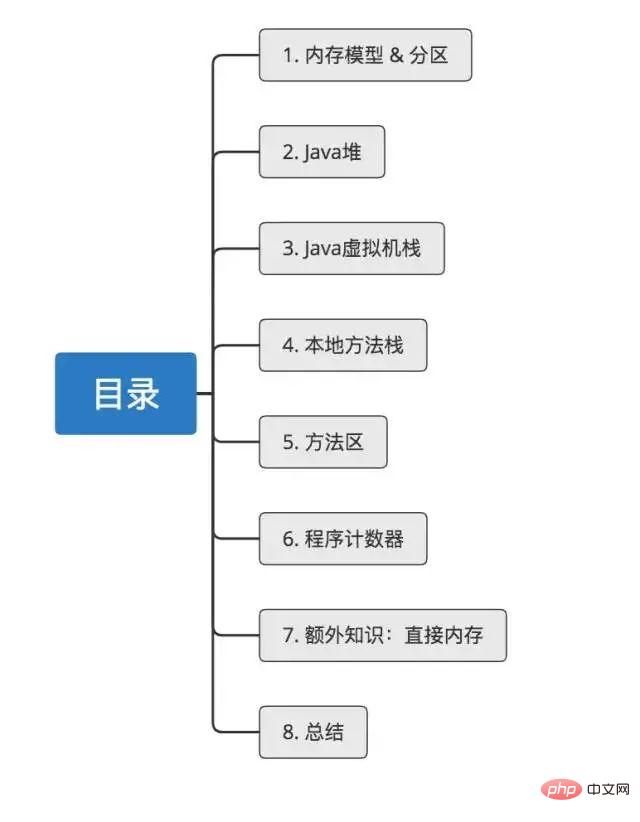
##1. Memory Model & Partition
When the Java virtual machine runs a Java program, it will manage a memory area: the runtime data area
In the runtime data area, it will be divided according to usage:
Java virtual machine stack (stack area) Local method stack Java heap (heap area) Method Area Program Counter
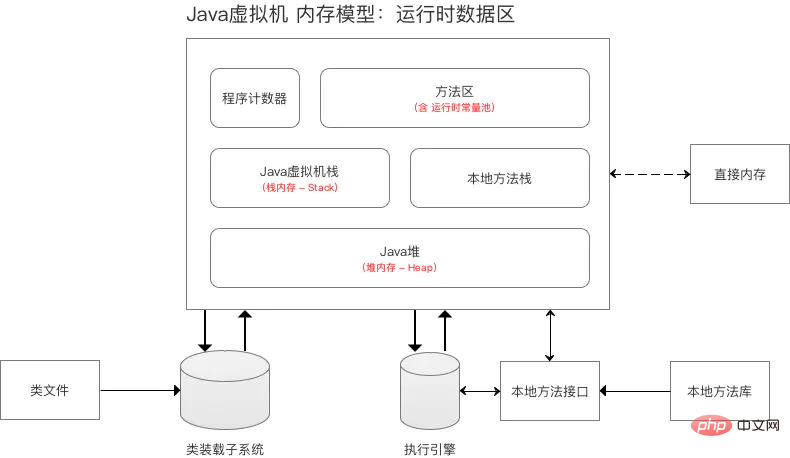
2. Java堆

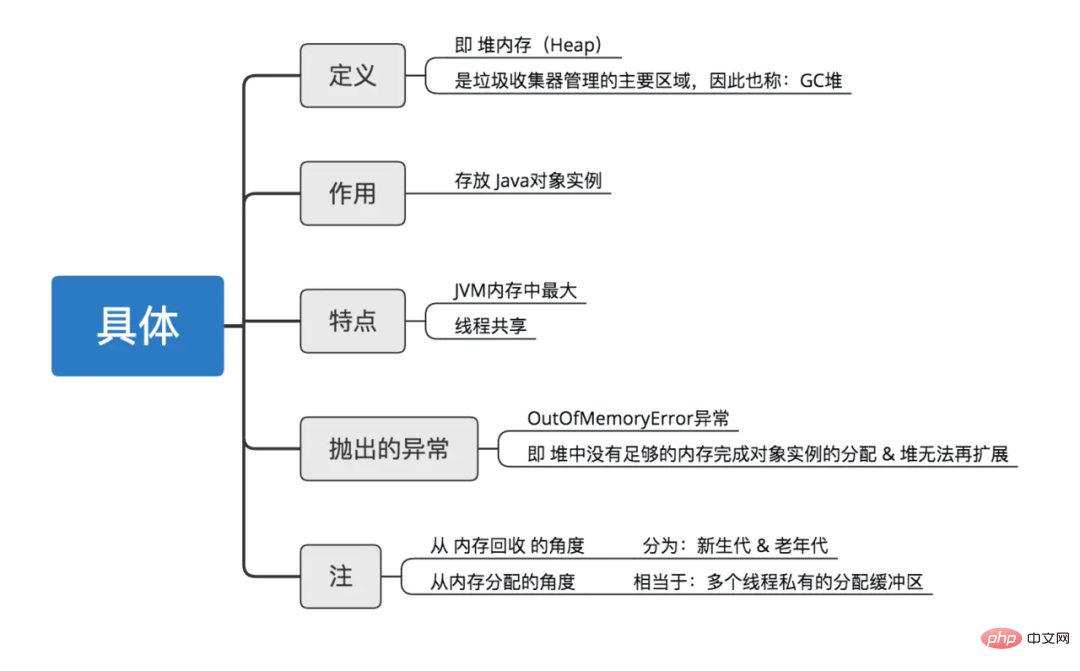
3. Java虚拟机栈
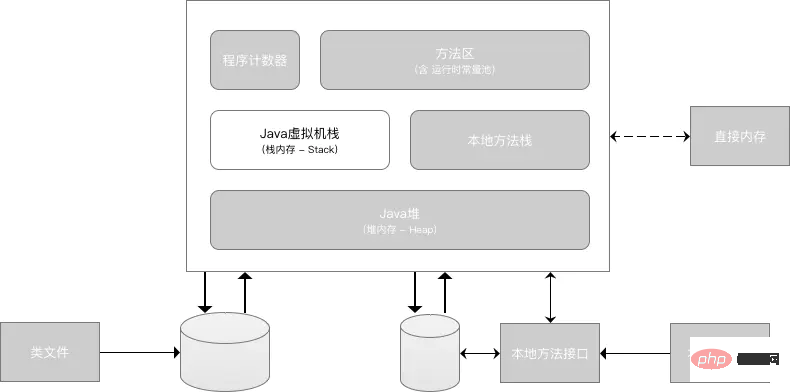
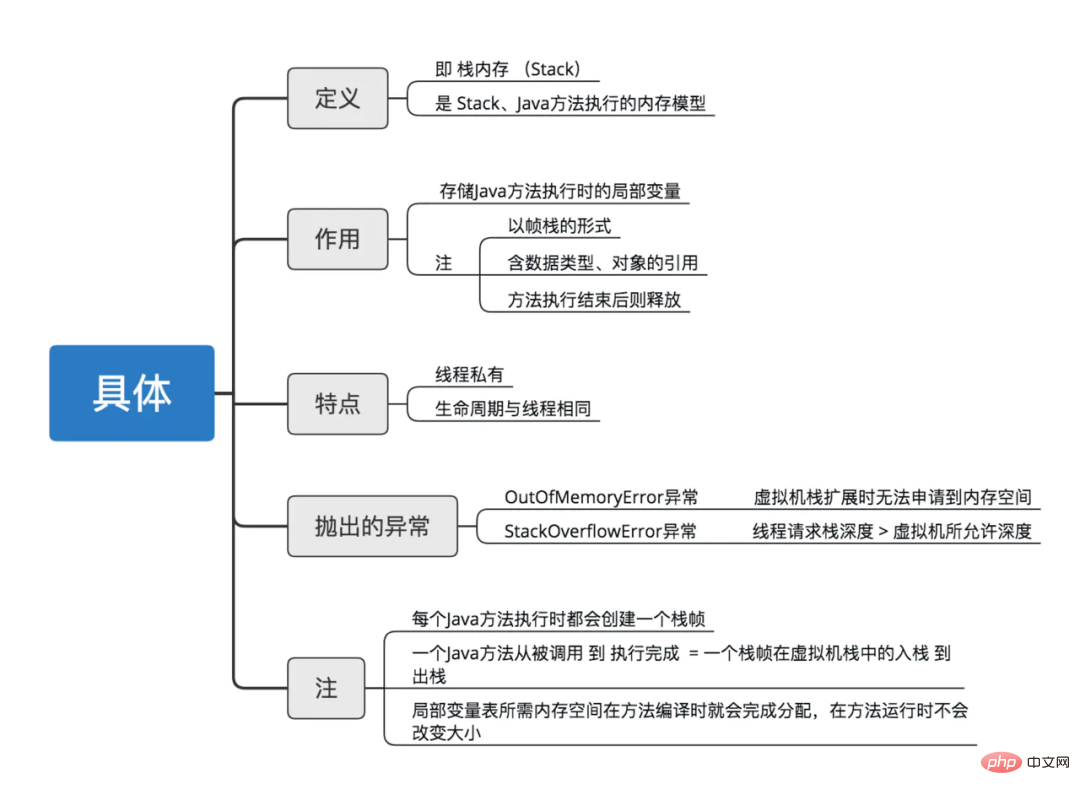
4. 本地方法栈
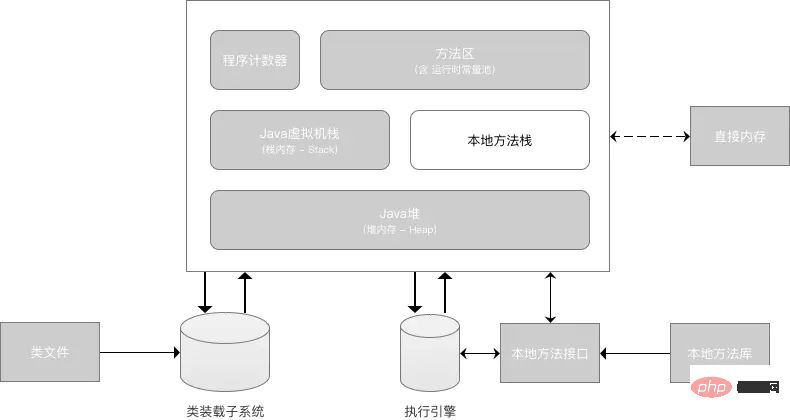
5. 方法区
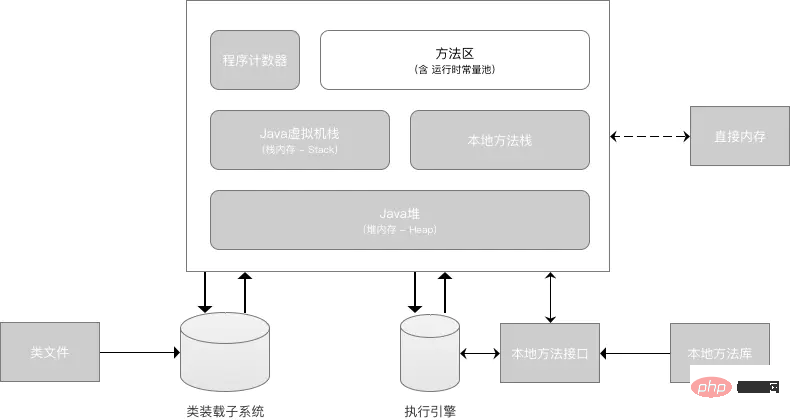
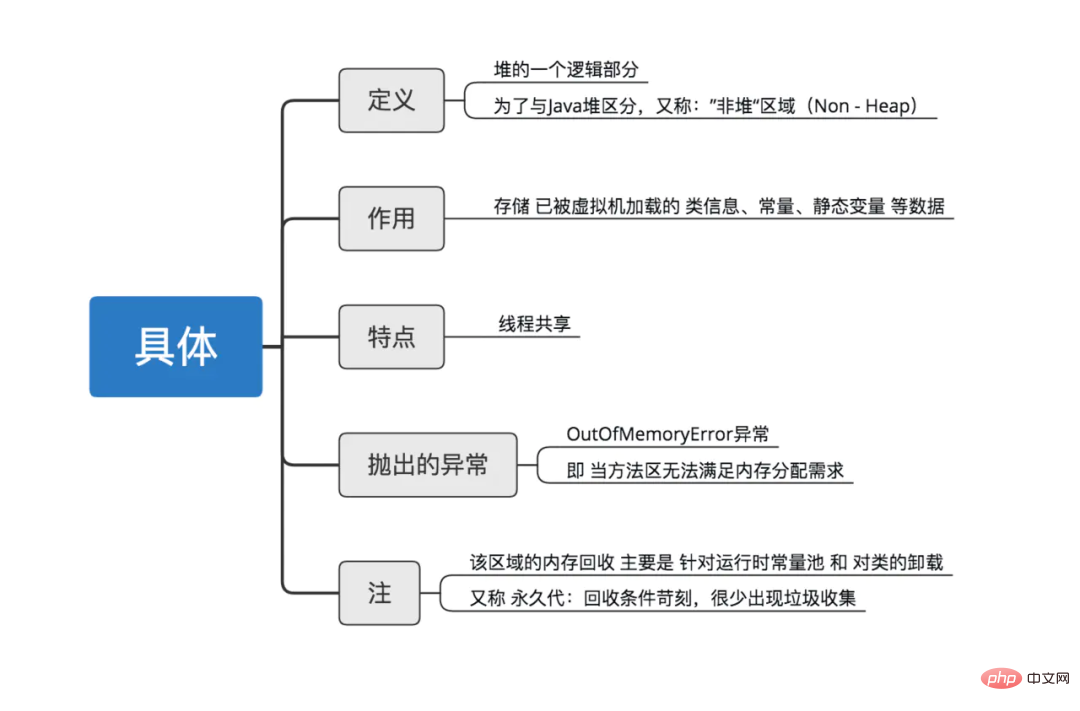
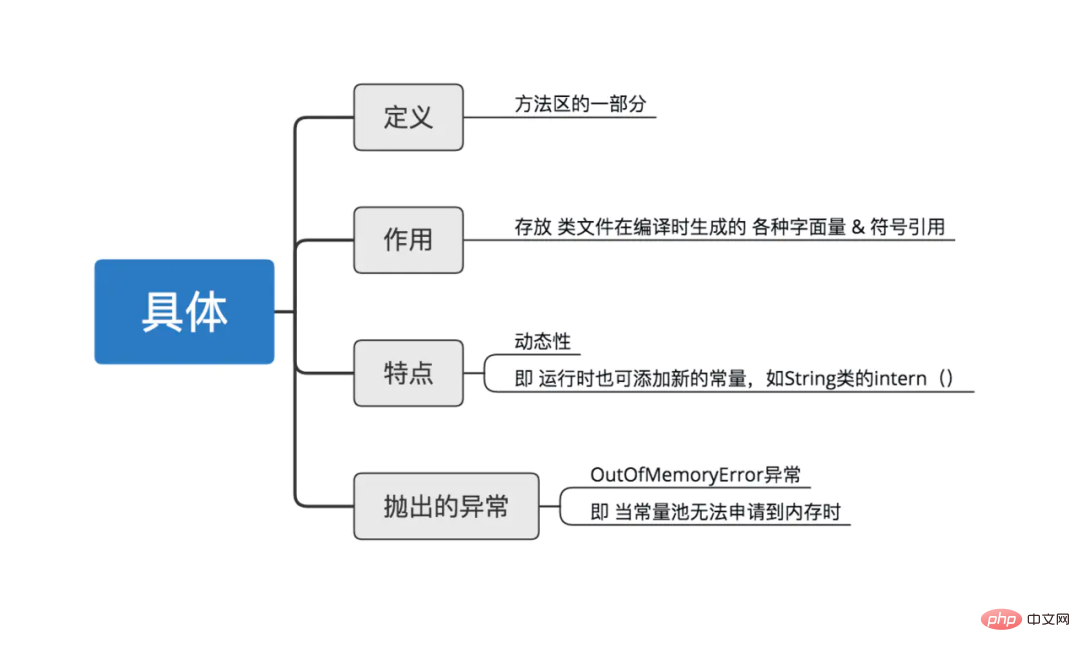
6. 程序计数器
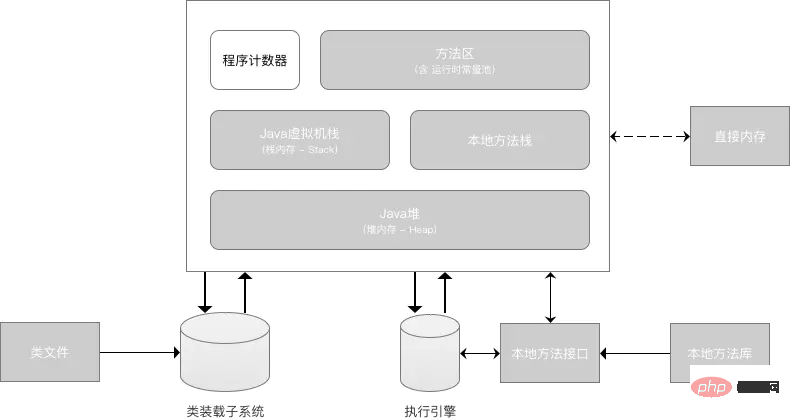

7. 额外知识:直接内存
Definition: The channel- and buffer-based I/O method in the NIO class (introduced in JDK1.4) uses the Native function library Directly allocated off-heap memory Features: Not limited by heap size
Does not belong to virtual machine runtime data Part of the area & not allocated in the heap
Application scenario: Suitable for scenarios with frequent calls
Operate through a DirectByteBuffer object stored in the Java heap as a reference to this memory, thereby avoiding copying data back and forth between the Java heap and the Native heap and improving performance
Exception thrown: OutOfMemoryError, that is, the sum of other memory areas is greater than the physical memory limit
8. Summary
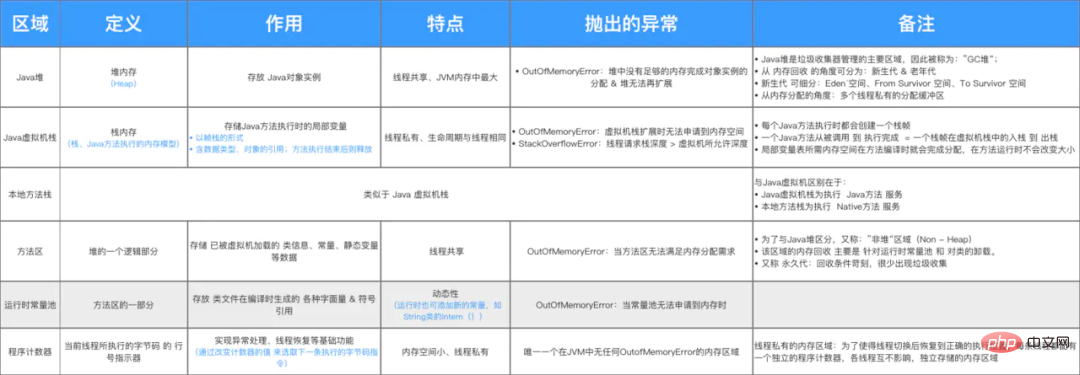
The above is the detailed content of 13 Diagrams Illustrating the Memory Model in Java. For more information, please follow other related articles on the PHP Chinese website!
Statement:
This article is reproduced at:Java学习指南. If there is any infringement, please contact admin@php.cn delete
Previous article:Java uses the interrupted() function of the Thread class to determine whether the current thread is interrupted.Next article:Java uses the interrupted() function of the Thread class to determine whether the current thread is interrupted.
Related articles
See more- Java uses the FileWriter and BufferedWriter classes to write file contents
- Round floating point numbers down using java's Math.floor() function
- How does Java use the yield() function of the Thread class to give up CPU resources and enter a waiting state?
- How to use the concat() function of the String class in Java to concatenate two strings
- How to use the random() method of Math class to generate random numbers in Java

